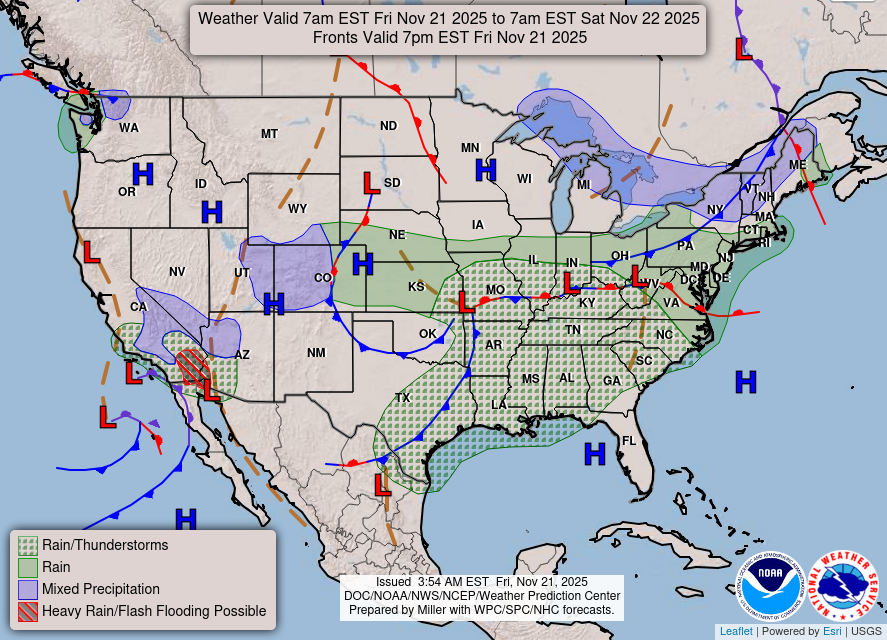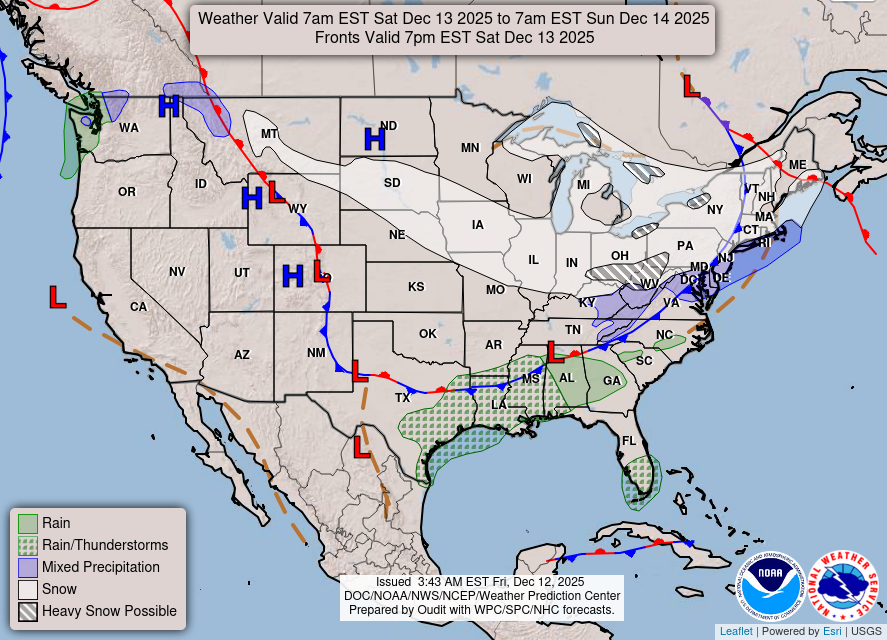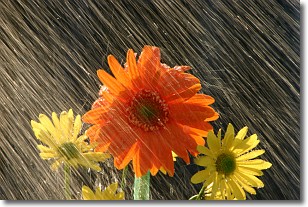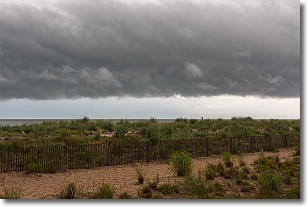Weather Alerts for California
1. Flood Warning for: Butte, CA; Glenn, CA
2. Flood Warning for: Butte, CA; Glenn, CA
3. Flood Warning for: Lassen, CA
4. Flood Warning for: Lassen, CA
5. Flood Warning for: Modoc, CA
6. Flood Warning for: Sonoma, CA
7. Flood Warning for: Sonoma, CA
8. Flood Warning for: Tehama, CA
9. Flood Warning for: Tehama, CA
10. Flood Warning for: Tehama, CA
11. Flood Watch for: Marin Coastal Range; Sonoma Coastal Range; North Bay Interior Mountains; Coastal North Bay Including Point Reyes National Seashore; North Bay Interior Valleys
12. Frost Advisory for: North Bay Interior Valleys; East Bay Interior Valleys; Southern Salinas Valley/Arroyo Seco and Lake San Antonio
13. Winter Storm Warning for: Burney Basin / Eastern Shasta County; Western Plumas County/Lassen Park; West Slope Northern Sierra Nevada
14. Winter Storm Warning for: Del Norte Interior
15. Winter Storm Warning for: Eastern Sierra Slopes of Inyo County
16. Winter Storm Warning for: Greater Lake Tahoe Area; Greater Lake Tahoe Area
17. Winter Storm Warning for: Lassen-Eastern Plumas-Eastern Sierra Counties
18. Winter Storm Warning for: Mono
19. Winter Storm Warning for: Shasta Lake Area / Northern Shasta County; Mountains Southwestern Shasta County to Western Colusa County
20. Winter Storm Warning for: Western Siskiyou County
21. Winter Storm Warning for: Yosemite NP outside of the valley; Upper San Joaquin River; Kaiser to Rodgers Ridge; Kings Canyon NP; Sequoia NP
22. Winter Weather Advisory for: Coastal Del Norte
23. Winter Weather Advisory for: Northern Humboldt Interior; Southern Humboldt Interior
24. Winter Weather Advisory for: Northern Trinity; Southern Trinity
25. Winter Weather Advisory for: South Central Siskiyou County
26. Winter Weather Advisory for: Surprise Valley California; Northern Washoe County
Want more detail? Get the Complete 7 Day and Night Detailed Forecast!
Current U.S. National Radar--Current
The Current National Weather Radar is shown below with a UTC Time (subtract 5 hours from UTC to get Eastern Time).

National Weather Forecast--Current
The Current National Weather Forecast and National Weather Map are shown below.

National Weather Forecast for Tomorrow
Tomorrow National Weather Forecast and Tomorrow National Weather Map are show below.

North America Water Vapor (Moisture)
This map shows recent moisture content over North America. Bright and colored areas show high moisture (ie, clouds); brown indicates very little moisture present; black indicates no moisture.

Weather Topic: What is Precipitation?
Home - Education - Precipitation - Precipitation
 Next Topic: Rain
Next Topic: Rain
Precipitation can refer to many different forms of water that
may fall from clouds. Precipitation occurs after a cloud has become saturated to
the point where its water particles are more dense than the air below the cloud.
In most cases, precipitation will reach the ground, but it is not uncommon for
precipitation to evaporate before it reaches the earth's surface.
When precipitation evaporates before it contacts the ground it is called Virga.
Graupel, hail, sleet, rain, drizzle, and snow are forms of precipitation, but fog
and mist are not considered precipitation because the water vapor which
constitutes them isn't dense enough to fall to the ground.
Next Topic: Rain
Weather Topic: What are Shelf Clouds?
Home - Education - Cloud Types - Shelf Clouds
 Next Topic: Sleet
Next Topic: Sleet
A shelf cloud is similar to a wall cloud, but forms at the front
of a storm cloud, instead of at the rear, where wall clouds form.
A shelf cloud is caused by a series of events set into motion by the advancing
storm; first, cool air settles along the ground where precipitation has just fallen.
As the cool air is brought in, the warmer air is displaced, and rises above it,
because it is less dense. When the warmer air reaches the bottom of the storm cloud,
it begins to cool again, and the resulting condensation is a visible shelf cloud.
Next Topic: Sleet




